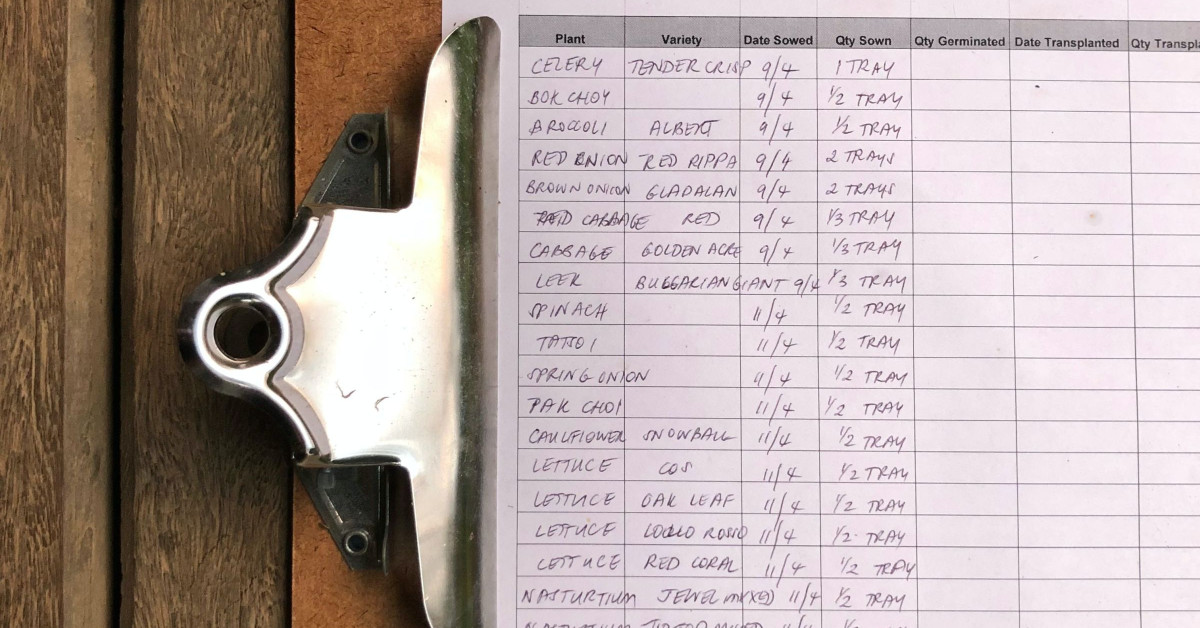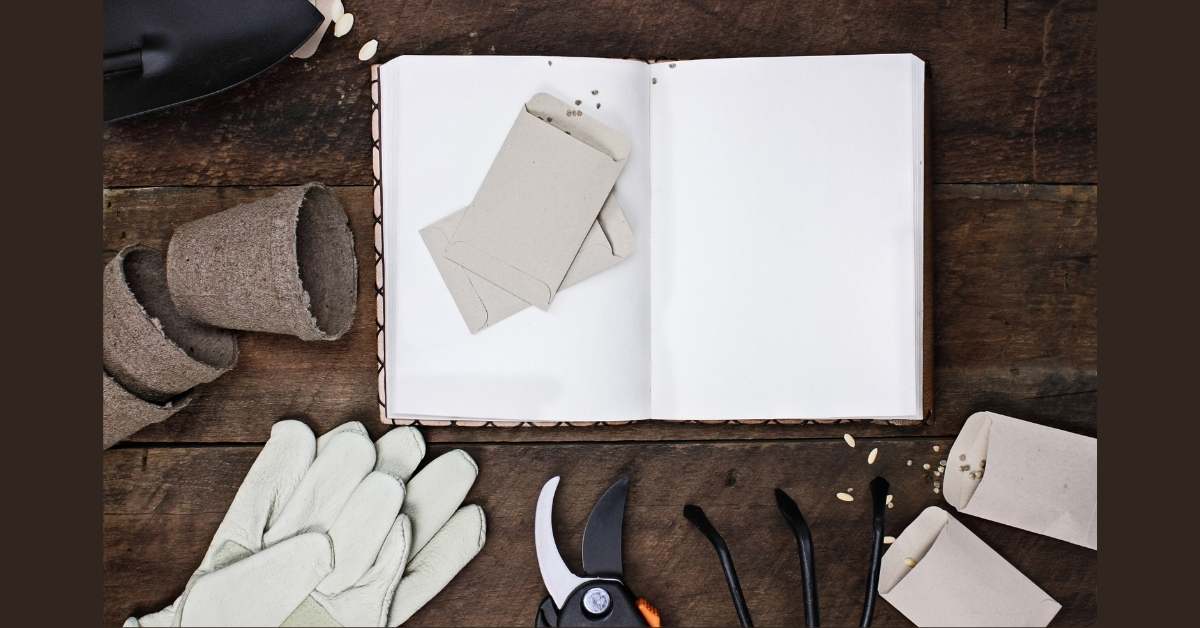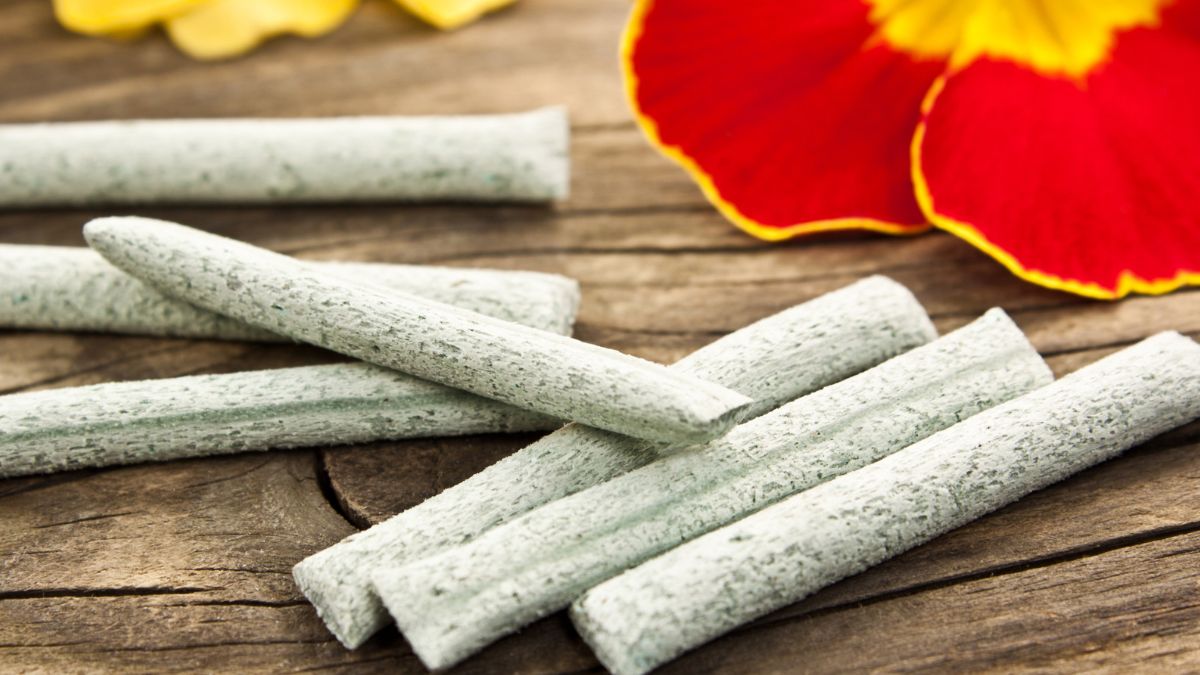“I wish I had taken more photos of my garden!”
We plant, feed and manage our gardens with the utmost care, but we forget to take pictures of the result. This leaves us with a plot of snow-covered ground and anticipation of next year’s projects.
Don’t let it happen this year. Keeping a gardening journal is the best way to keep track of what went right, what went wrong and to help you remember where those bulbs were planted. Use it to store garden photos, plant and flower care tips, and keep a written record of your gardening successes over spring and summer.
Keeping a gardening journal

Setting up your garden journal
A large, three-ring binder is the best way to record your progress, and you can use as many pages as you need. It will hold notebook paper, as well as page holders for your garden photos and folders for garden magazine clippings.
List the month at the top of each page. Some months will have more pages than others, depending on how many photographs you include and your activity.
Consider purchasing some dividers with tabs to keep the months separate.
What to include:
Describe what you envision as being the “theme” of your garden.
- Are you going for specific colors or textures?
- Do you want more ground covers for shady areas?
Maybe it’s time for a wildflower garden. Write down why you chose the flowers you did and what your dream is for your garden this year.
Include a photo of your garden from the very first day. Before-and-after photographs are dramatic ways to see how far you’ve come. If you take a photo every week, later you will be able to see how the flowers and vegetables grew higher and fuller, bit by glorious bit!
Record what you plant and when. Include plant tags, where you bought them, and even the sales receipts and the name of the nursery employee who helped you out. You might want to draw a blueprint of your garden plot and keep it for posterity.
Daily temperatures, rainfall, and records of other growing conditions are important details that will make your journal a historical treasure. You can be as specific as you want.
Include which products you use to grow and protect your garden. Which plant food did you use? What were the results? Did you use a product to control insects? Did you add any amendments to the soil?
Remember, no garden is perfect, so go ahead and leave space to record what works and what doesn’t and what you might want to try next season. One of the greatest rewards in keeping a garden journal is learning from your experiences.
Here are two sample entries:
May 18: Rained overnight. Planted calendulas, cosmos, dill, Yukon gold potatoes, and carrots. Added 1/2″ of compost. (Mike fertilized the lawn-it’s really looking good!)
May 25: Frost last night. No damage. Added mulch. Planted Better Boy tomatoes (fed them with Miracle-Gro Tomato Food). Bought them at Duck Creek Nursery. Photographed tomato plants. It was a warm week, with no rain. We had to water every day. Put up a new birdfeeder!
Most important: Commit to taking a few minutes each week or every few days to list what you do in the garden. Your garden diary will only be as complete as you choose to make it.


